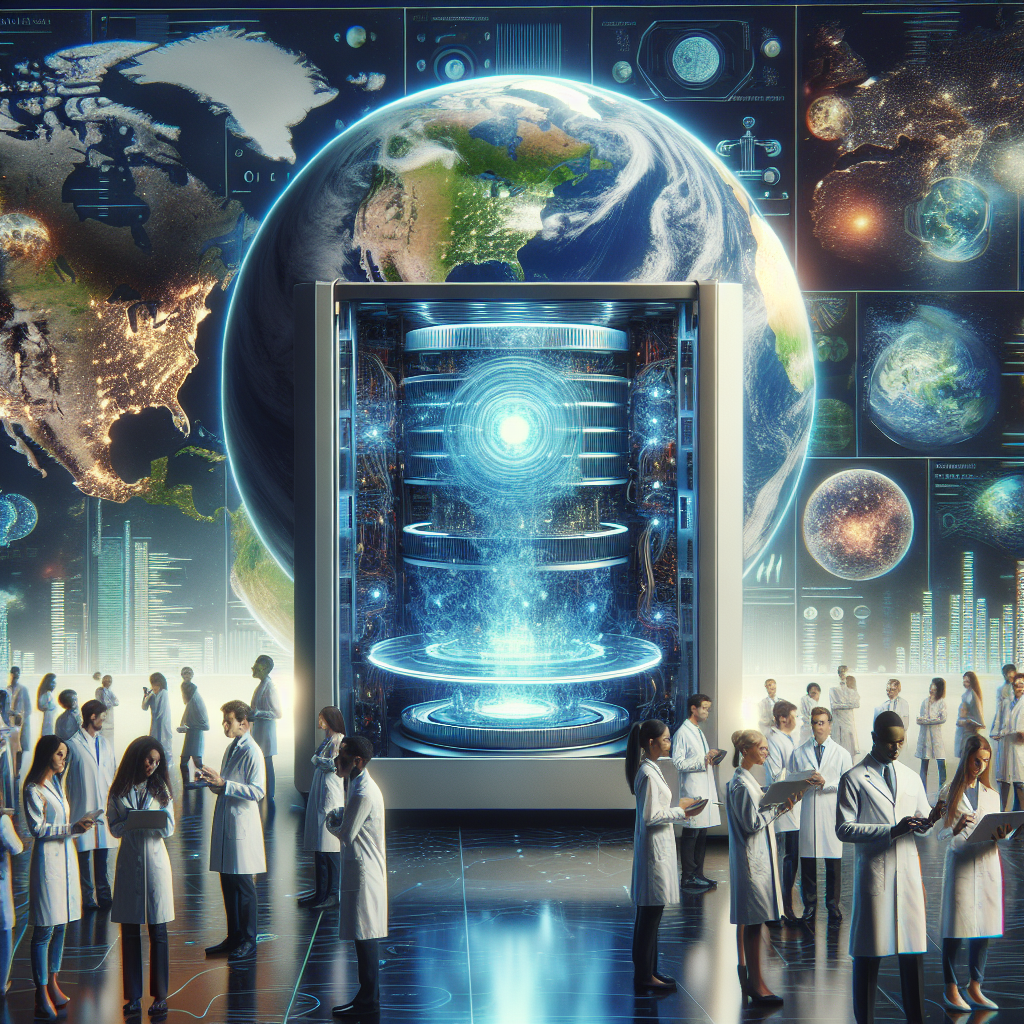“`html
Exploring AI in Climate Science: Your Questions Answered
Welcome to our friendly chat about how artificial intelligence (AI) is transforming climate science! We’ve gathered some common questions and provided answers to help demystify this fascinating field. Let’s dive in!
1. What is AI’s role in climate science?
AI is helping climate scientists analyze massive amounts of data at lightning speed. By processing complex datasets, AI models can predict climate patterns, track environmental changes, and even suggest solutions for mitigating climate change. Think of AI as a supercharged assistant to climate scientists, making sense of the overwhelming amount of information out there.
2. How does AI help predict climate patterns?
Great question! AI uses techniques like machine learning and neural networks to sift through historical climate data, identify patterns, and forecast future climate scenarios. This process allows scientists to project temperature changes, sea level rises, and extreme weather events with increased precision. It’s like having a crystal ball that’s powered by data!
3. Can AI combat climate change?
While AI isn’t a magic bullet, it certainly plays a vital part. By offering data-driven insights, AI can help optimize energy consumption, enhance the efficiency of renewable energy sources, and improve carbon footprint tracking. Moreover, AI-driven models can aid in policy-making, ensuring that climate strategies are not only effective but also sustainable.
4. Are there any risks associated with using AI in climate science?
- Data Bias: AI systems rely on data, and any biases in the data can skew results.
- Complexity: The models can be complex and may require clarity in how results are interpreted.
- Resource Intensive: Training AI models demands significant computing power, potentially impacting environmental resources, though efforts are underway to make AI more eco-friendly.
Despite these challenges, the potential benefits of AI in enhancing our understanding and response to climate issues outweigh the drawbacks, provided we address these risks thoughtfully.
5. How can I learn more about AI and climate change?
- Online Courses: Platforms like Coursera and edX offer courses on AI and climate science.
- Books and Articles: Many authors cover this intersection extensively; look for works by experts in environmental science and technology.
- Engage with Communities: Join online forums and social media groups focusing on tech and environmental issues.
Exploring these resources can provide a deeper understanding and open up discussions about how technology is shaping our approach to climate change.
Conclusion
AI’s role in climate science is an exciting frontier, offering powerful tools to combat one of the most urgent challenges of our time. By harnessing AI, we can enhance our understanding and implementation of effective climate solutions. As we continue to innovate, staying informed and engaged remains crucial. Thanks for joining us on this exploration, and feel free to share your thoughts or ask more questions!
“`
